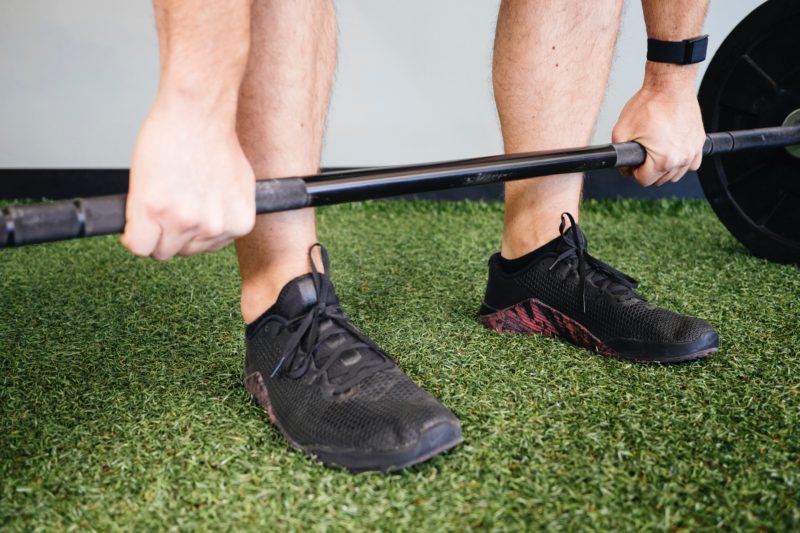
What is the Best Way to Treat Knee Bursitis?
Knee Bursae is a series of fluid-filled sacs that are situated near your knee joints. Knee Bursitis is a condition in which one of these sacs, called bursa, becomes inflamed. NYSMI is an experienced orthopedist Bergen County that has experience treating a lot of patients who have developed knee bursitis.
Causes of Knee Bursitis
Knee bursitis can affect people of all ages, from younger athletes to older individuals who have overused their knees while working. As an orthopedist Bergen County, we have seen people develop knee bursitis from:

- Repeated kneeling from work
- Direct injury to the knee
- Having arthritis or gout
- Sports
Knee Bursitis Risk Factors
Your health and daily activities can increase your chance of developing knee bursitis. The following can increase your risk of developing this condition.
- Jobs where you work on your knees such as carpenters, roofers, or landscaping
- Sports that can put a strain on your knee or put you at risk for a knee injury
- Obesity can put extra strain on your knee, resulting in inflammation of your knee Bursae
Preventing Knee Bursitis
To prevent knee Bursitis, you can change how you engage in the above activities to prevent the condition, even if you are at a higher risk of developing this condition due to your work or daily activities.
If your profession requires you to kneel repeatedly or for long periods, investing in good knee pads can decrease the pressure from kneeling, This would prevent excess strain on your knee Bursae. You can also:
- Eat a healthier diet and exercise to reach and maintain a proper weight. This will limit the strain your weight puts on your knees.
- If you must kneel or squat during the day, take breaks every so often to relieve the strain being put on your knees.
Treatment of Knee Bursitis
If you have developed knee Bursitis, an orthopedist Bergen County can assist in the treatment of your condition. Your treatment can contain medicine, exercise, heat treatment, and sometimes even surgery. Here are some common treatments and how they may be used to treat your knee Bursitis.
Rest
Giving your knee that usually has a lot of stress on it, some rest can be an extremely effective way of treating knee Bursitis. This will let your knee heal without having any additional damage done to it. When at rest, elevate your knee to increase the effectiveness of resting.
Medication
Depending on the severity of your condition, medication may be the easiest course of treatment. Taking an over the counter anti-inflammatory such as Ibuprofen or Naproxen can relieve the inflammation and pain in your knee.
Exercise
Another option when treating knee bursitis at an orthopedist Bergen County is exercise. Moving your knee in specific ways can relieve the inflammation causing your knee Bursitis.
- Heel Slides: While on your back and your uninjured knee bent, slowly bend your injured knee until your foot is flat and next to your other foot.
- One-leg raises: While on your back, keep your injured leg straight while lifting it off of the ground a few inches. Hold this position for 10 seconds.
Aspiration
If your case needs more aggressive treatment, your doctor may recommend aspirating the Bursae. This is a very simple treatment that can be done in their office, and usually only causes minor discomfort for a few days after. Aspiration is done by an orthopedist by inserting a needle into the fluid-filled sac called the Bursa. The doctor drains out the excess fluid that has been caused by inflammation.
Injections
A steroid injection into the inflamed knee Bursa can reduce the inflammation. Steroid injections are stronger than steroids taken orally. This should work quickly, but your knee may be swollen and a little sore for a few days following the injection.
Contact Our Orthopedist Bergen County
New York Sports Medicine Institute is an orthopedist Bergen County who has years of experience treating knee conditions, such as knee Bursitis. We have used various forms of treatment ranging from rest and medication, to injections and aspiration to treat knee Bursitis. We also educate our patients on how to prevent the condition from happening again, especially our patients that are at a higher risk of developing knee Bursitis.
